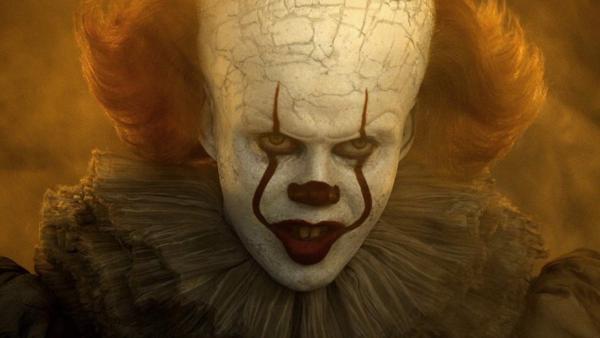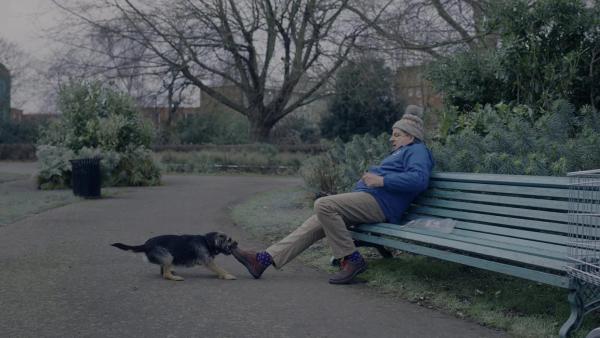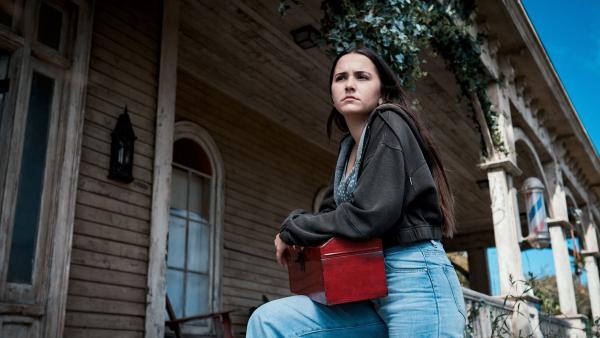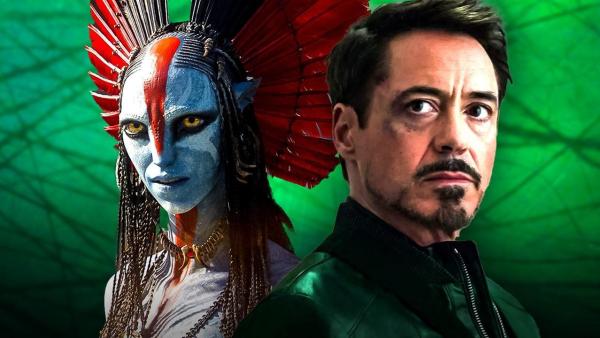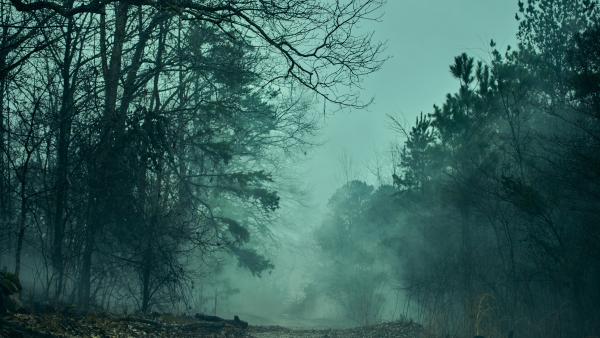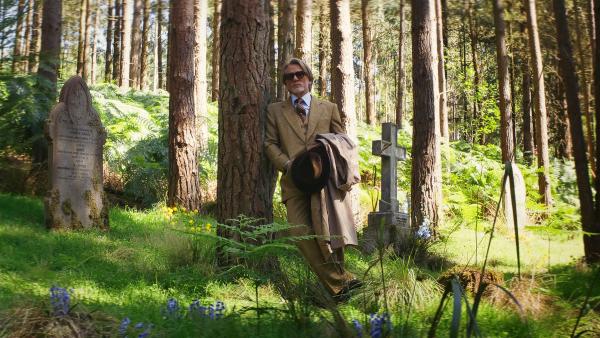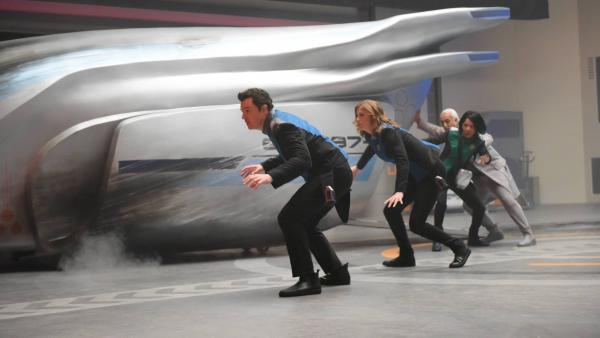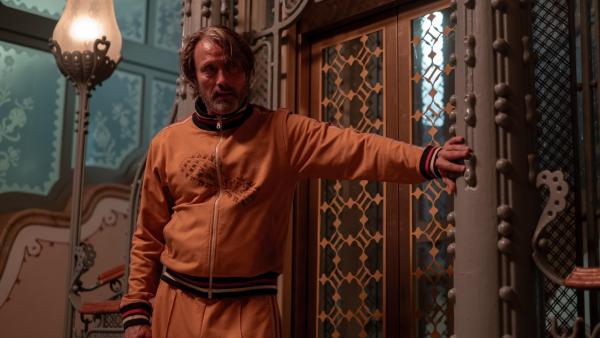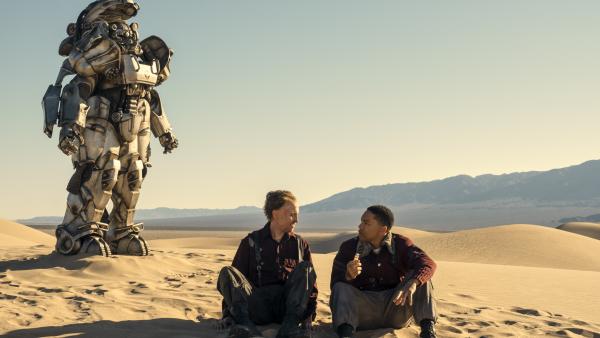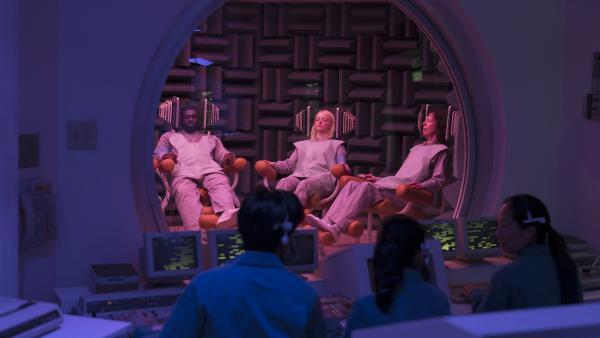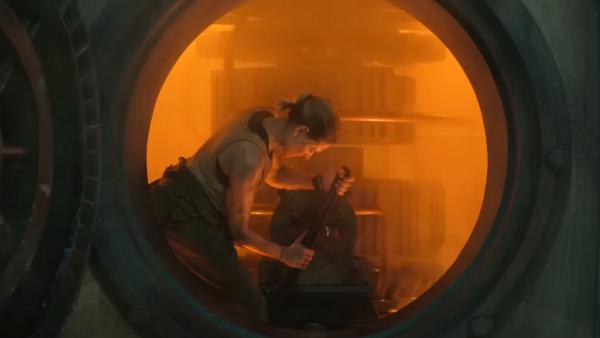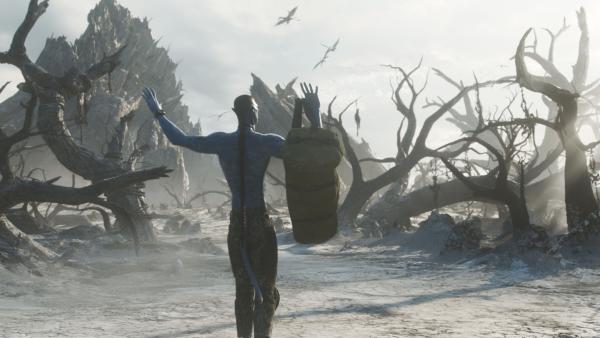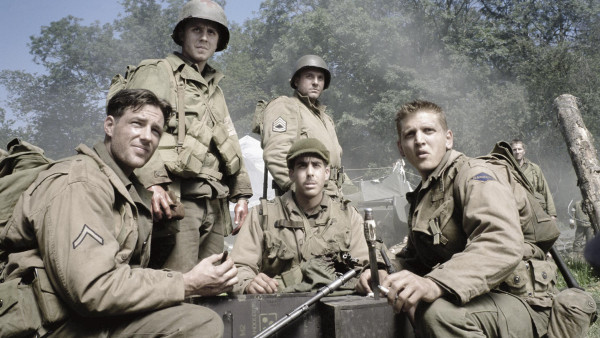
Movies / Features
Why The Entire Cast Of 'Saving Private Ryan' Thought They Would Be Fired: "He Must Hate Us"
The entire cast of 'Saving Private Ryan' felt that they were always just one bad scene away from being let go during filming.
There was never any illusion that Saving Private Ryan by Steven Spielberg would be an easy task for the cast and crew. Even when the cameras were rolling, the actors had a lingering feeling that they were just one bad scene away from dismissal.
Saving Private Ryan is set in 1944 in Normandy during World War II. The story follows a group of soldiers led by Captain John Miller, who are on a mission to find and bring home Private James Francis Ryan after his three brothers were killed in action.
The film received rave reviews for its realistic and intense depiction of combat and became one of the highest-grossing films of 1998. It is regarded as one of the greatest war films ever made.
Spielberg knew from the start that he wanted to make a war film like Hollywood had never seen before, and to achieve the realistic tone he envisioned, the director sent his ensemble to an intensive boot camp. There, the first signs of trouble began to surface.
The actors were completely unprepared for how grueling the training would be and were on the verge of quitting until Tom Hanks convinced them to push through. Ironically, this strengthened their bond and contributed to their character development even before they stepped on set: life imitated art.
Tom Sizemore, who was struggling with his openly discussed addiction issues at the time, was balancing on a thin line. Spielberg gave him a clear warning: if he relapsed or caused personal problems during production, he would be the first to be replaced.
Ultimately, the entire cast of Saving Private Ryan remained on board from the first to the last day of filming. However, Edward Burns admitted later that it took some time for everyone to feel comfortable. In an interview with Collider, he said that Spielberg's tentative style was confusing at first:
"We worked about a week before Steven said even a single word to anyone", he said. "We were all convinced we would be fired because he apparently hated us. Why wasn't he giving us any direction?"
But it all turned out to be part of Spielberg's master plan. He had so much faith in his cast that he felt it unnecessary to give them constant instructions. In hindsight, from Burns' perspective, it would have been helpful if Spielberg had made this clear on day one instead of leaving them in uncertainty.
"He said, 'I didn't choose you for nothing. I expect you to show up prepared, and I don't want to get in the way of your process.'" Ultimately, Spielberg did give some direction, particularly to Jeremy Davies, to whom he told that his character Upham should represent the audience.
Beyond that, he allowed his actors the freedom to show their personalities, quirks, and camaraderie, making the film even more realistic and human.
The cast, accustomed to directors whispering in their ears and guiding their performances, had to adjust to Spielberg's non-interventional approach. For the first few days, they were convinced he was already working on their replacements. But that trust is what made Saving Private Ryan one of the most authentic and intense war films ever made.
Saving Private Ryan is set in 1944 in Normandy during World War II. The story follows a group of soldiers led by Captain John Miller, who are on a mission to find and bring home Private James Francis Ryan after his three brothers were killed in action.
Acclaimed Reviews
The film received rave reviews for its realistic and intense depiction of combat and became one of the highest-grossing films of 1998. It is regarded as one of the greatest war films ever made.
Spielberg knew from the start that he wanted to make a war film like Hollywood had never seen before, and to achieve the realistic tone he envisioned, the director sent his ensemble to an intensive boot camp. There, the first signs of trouble began to surface.
Unprepared
The actors were completely unprepared for how grueling the training would be and were on the verge of quitting until Tom Hanks convinced them to push through. Ironically, this strengthened their bond and contributed to their character development even before they stepped on set: life imitated art.
Tom Sizemore, who was struggling with his openly discussed addiction issues at the time, was balancing on a thin line. Spielberg gave him a clear warning: if he relapsed or caused personal problems during production, he would be the first to be replaced.
Tentative Style
Ultimately, the entire cast of Saving Private Ryan remained on board from the first to the last day of filming. However, Edward Burns admitted later that it took some time for everyone to feel comfortable. In an interview with Collider, he said that Spielberg's tentative style was confusing at first:
"We worked about a week before Steven said even a single word to anyone", he said. "We were all convinced we would be fired because he apparently hated us. Why wasn't he giving us any direction?"
Spielberg's Master Plan
But it all turned out to be part of Spielberg's master plan. He had so much faith in his cast that he felt it unnecessary to give them constant instructions. In hindsight, from Burns' perspective, it would have been helpful if Spielberg had made this clear on day one instead of leaving them in uncertainty.
"He said, 'I didn't choose you for nothing. I expect you to show up prepared, and I don't want to get in the way of your process.'" Ultimately, Spielberg did give some direction, particularly to Jeremy Davies, to whom he told that his character Upham should represent the audience.
More Realistic And Human
Beyond that, he allowed his actors the freedom to show their personalities, quirks, and camaraderie, making the film even more realistic and human.
The cast, accustomed to directors whispering in their ears and guiding their performances, had to adjust to Spielberg's non-interventional approach. For the first few days, they were convinced he was already working on their replacements. But that trust is what made Saving Private Ryan one of the most authentic and intense war films ever made.
